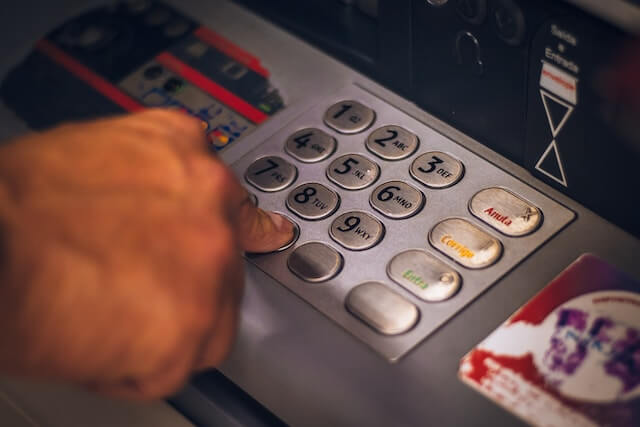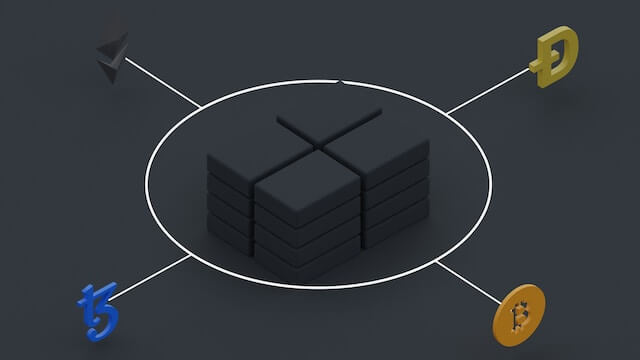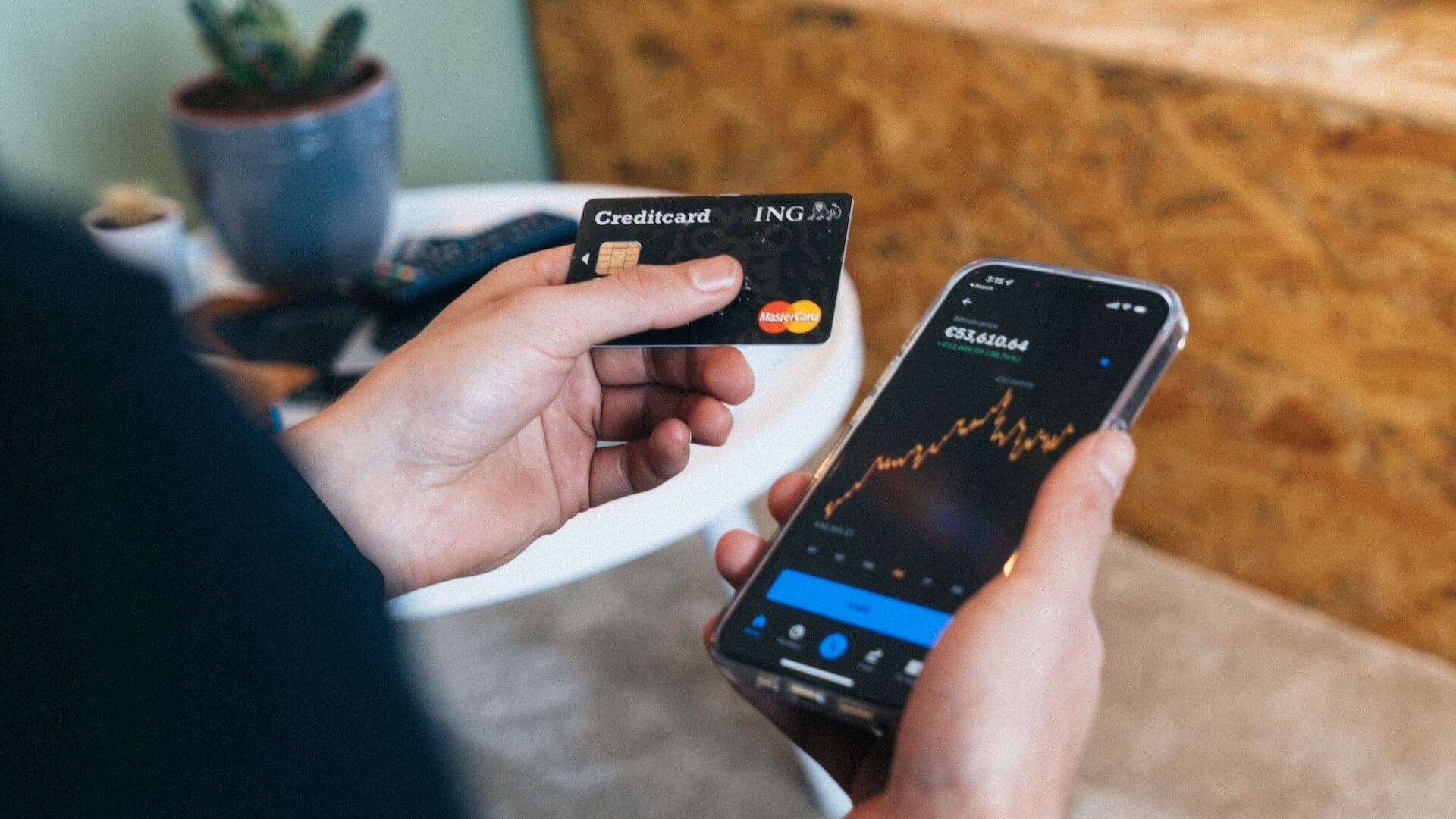For a long time, the traditional cross-border payment is not very effective because of its various problems, which include the timeliness of arrival, difficult to apply for offshore bank accounts, complicated fund management of multi-platform stores, and slow cash withdrawal and arrival speed. The emergence of blockchain technology has changed this situation, and its commercial value in the field of cross-border payment is very important.
The principle of blockchain cross-border payment
The common traditional method of cross-border remittance is to transfer money through a bank or a remittance company, and after the remittance, a withdrawal code will be generated, and the recipient will then withdraw cash through the withdrawal code. In addition, it is also done through online remittances to offline withdrawals. However, all of these transfer methods are subject to time or location constraints.
Now the mode of using e-wallet to remit and cash withdrawal can eliminate the need to go to the counter to remit, but the recipient is still subject to time or location restrictions when withdrawing cash. For merchants doing import and export trade, time is money, yet the extraordinarily long arrival time of cross-border remittance often makes them miss the opportunity.

Compared with the fast payment in daily life, cross-border payment lags far behind. The root cause of the above problems is that cross-border remittance involves too many organizations, the process is too cumbersome, each organization has to approve the process, from remittance to collection, the intermediate steps have to be carried out one by one, as long as one of the intermediate steps is wrong, the whole process will be delayed.
Blockchain is a distributed ledger of data records maintained by multiple parties and stored continuously in a blockchain structure, and these records are protected in terms of content and timing by cryptography, making it difficult for any party to tamper with, deny, or falsify them. The Blockchain Remittance release utilizes Blockchain's Distributed Ledger technology to enable cross-institutional collaboration.
Distributed Ledger provides a unified ledger and view of operations for all parties involved while technically performing distributed processing. Blockchain technology has changed the original remittance model, which was transmitted node by node confirmations like a relay race, to real-time synchronized parallel confirmations by business nodes through distributed ledger technology, improving efficiency and changing the mode of operation.
At the outgoing end of the wallet initiates the remittance at the same time all the participating parties receive the information at the same time, after doing compliance and other required audits on the blockchain to collaborate with all the parties to complete this remittance transaction at the same time. If there is a problem during the transfer process (e.g. violation of relevant regulations), it will be reported back to the sender in real time.

Comparison of Different Methods of Cross-Border Payments
In terms of security risks, Bitcoin transactions are anonymous and untraceable, which makes Bitcoin the ideal currency for money laundering. This model innovation is therefore not recognized by regulation. This is the direct reason that led Circle to shut down this feature. In addition, digital currency exchanges have their own security risks, if the exchange fails or ceases to operate (which is not impossible), the funds that are running on this "cross-border highway" are likely to be lost. In short, Circle does not use the underlying blockchain technology, but only borrows Bitcoin as its intermediary currency for cross-border payments, a model that is unsustainable due to the bypassing of banks and regulation.
Differences with Ripple
Ripple's products are mainly of two types, one does not touch the coin, serving the B-side payment, that is, for banks to use (most licensed financial institutions will not support digital currencies as the intermediary currency for cross-border payments). The underlying layer of this type of product uses a smart contract, which synergizes the books of two banks to work together to complete cross-border payments.

One of the biggest problems with Ripple, however, is that most of the Ripple coins, have been held by a small group of people, and thus the manipulability of Ripple has been questioned and challenged by the industry.
As a result, Ripple's current cross-border payment applications are limited to small-scale use exclusively for the B-side, for example, Banco Santander is currently using Ripple for internal fund transfers, which is not a cross-institutional collaboration, it is equivalent to a private chain. 2C cross-border remittances for ordinary users, Ripple so far has no ground application of the product.
Compared with traditional cross-border payments, blockchain cross-border remittances are faster, safer, more convenient, lower cost and more transparent. Blockchain cross-border payments are capable of arriving in seconds and can be initiated and received by the user at any time within 24 hours, and this procedure is automatically executed through the blockchain smart contract, which reduces the operating costs of financial institutions, and at the same time, it is also able to achieve more efficient exchange rate measurements and quotes. Nowadays, most of the blockchain cross-border payment adopts the alliance chain and hash algorithm, so the user's private information can be more comprehensively protected.
